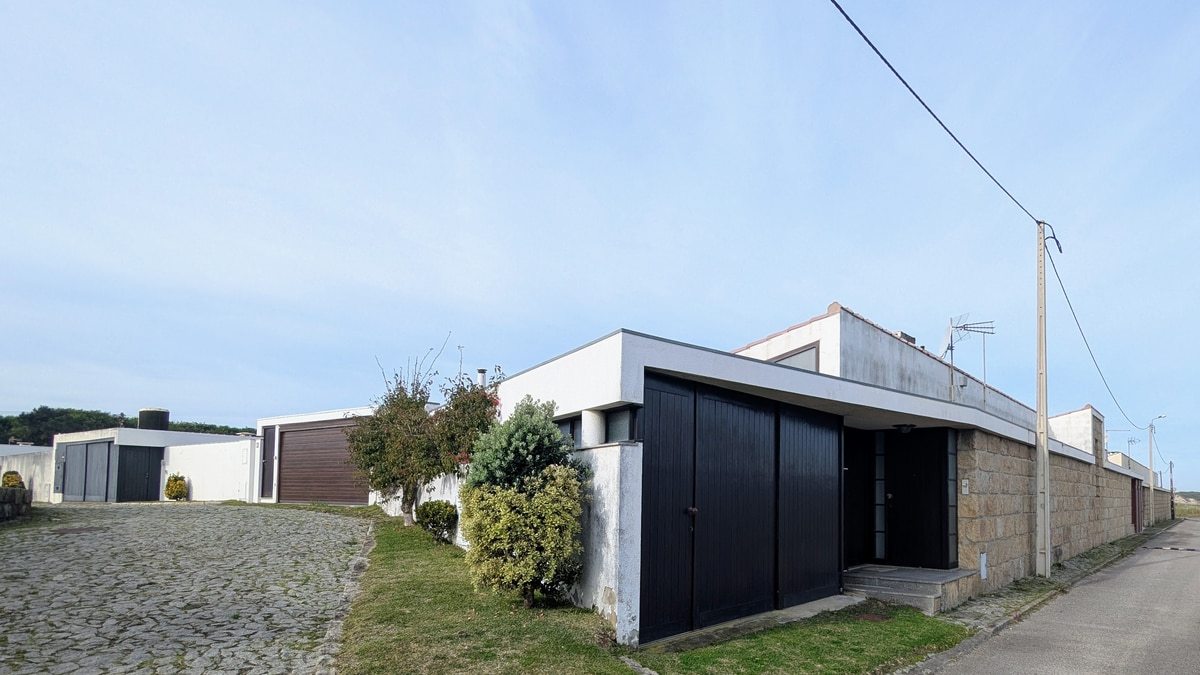António Corte-Real is a Portuguese architect whose work reflects a deep connection to the architectural culture of the Porto School, where he received most of his training prior to the Carnation Revolution. His formative experience working alongside Sérgio Fernandez on the socially engaged S.A.A.L. (Serviço Ambulatório de Apoio Local) projects grounded his practice in a sense of collective responsibility and territorial awareness.
Though later somewhat distanced from academic circles—having continued his career within his father’s architectural agency—Corte-Real maintains strong ties to his generation of architects and to the School’s core values. His architecture often engages with isolated landscapes, responding not to built context but to geographical features and natural topography. His buildings act as tools of territorial organization, expressing a refined sensitivity to place.
Corte-Real’s work stands out for its thoughtful articulation of structure and detail, where construction does not merely serve spatial needs but becomes a material and expressive element in its own right. Elements like wooden corridors, suspended terraces, and the careful treatment of boundary walls reflect his commitment to defining space through limits, edges, and the interplay between built form and landscape.
His approach demonstrates how architecture can simultaneously operate on an intimate and territorial scale, blending typological innovation with a clear lineage to the teachings of Porto’s architectural tradition.
